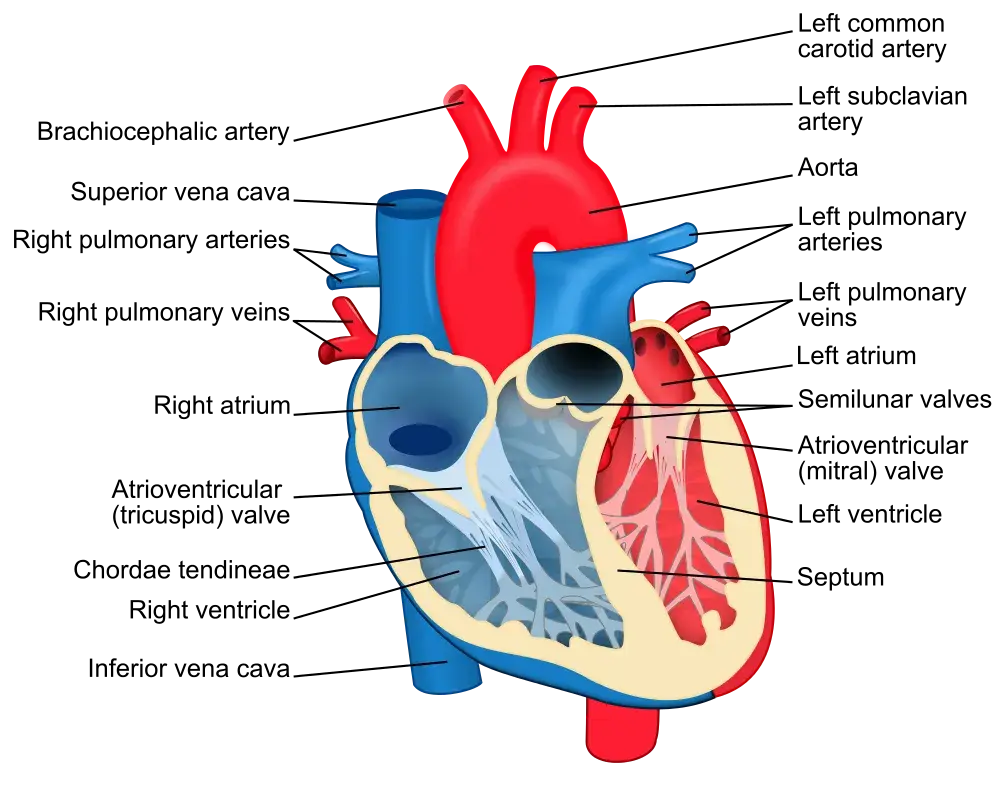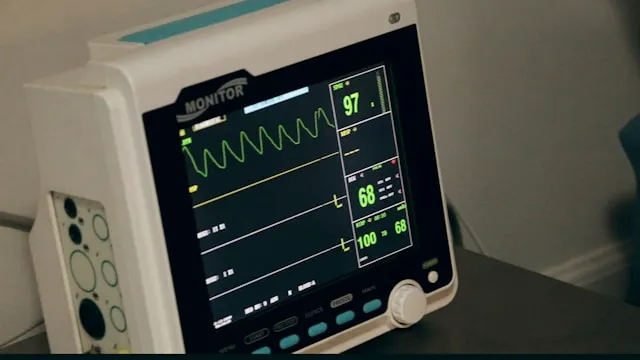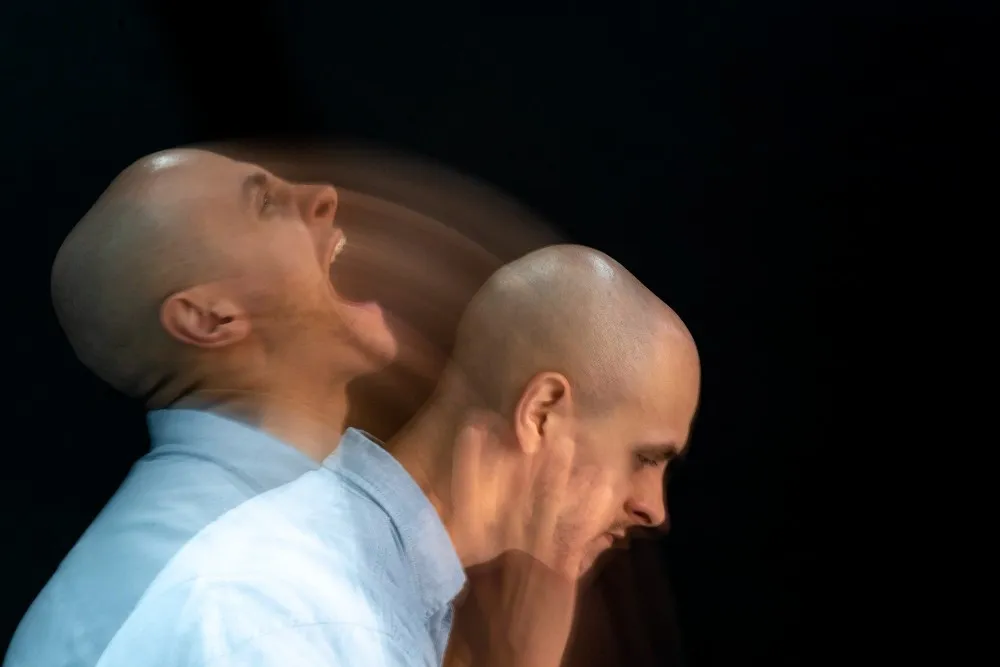A normal heart is divided into two sides, the left and the right, separated by a wall known as the septum. The right side of the heart receives blood poor in oxygen and sends it towards the lungs. Replenished with oxygen, the blood returns from the lungs and empties into the left side of the heart, to be pumped into the body. The septum is responsible for preventing the mixing of blood between the two sides. However, some babies are born with a hole in heart septum, at the upper or lower walls. A hole in the septum dividing the upper left and right heart chambers is known as Atrial Septal Defect (ASD) and a septum hole in the lower chambers is known as the Ventricular Septal Defect (VSD).
In both ASD and VSD, purified blood in the left chamber mixes with oxygen-deficient blood on the right side. A large hole in ASD can cause the lungs to overfill with blood and make the heart work harder, causing a hole in heart. Atrial septal defect (ASD) is the most common congenital heart condition, affecting 2.5 live births out of 1000; among which 25%-30% of cases develop during adulthood. Diagnosing the symptoms and causes can help get effective treatment. Dive directly into this article to thoroughly learn about the potential causes, symptoms, and treatment options of a hole in heart. Along with this, also learn about some measures to prevent the chances of such a condition!
The picture attached below helps to diagrammatically explain the structure of the heart and enables you to understand "What does a hole in the heart look like" in a better way.

What Are the Causes of Hole in Heart?
ASD and VSD are congenital heart defects. According to the study, around 25% of the children have ASD. The typical causes of holes in the heart are as follows:
-
Genetics: A child may be at a higher risk of septal defect if either parent has a congenital heart defect. However, it is quite rare for a family to have more than one child with a defect.
-
The presence of other genetic disorders: Children with a hereditary disorder like Down's syndrome often also have a heart defect from birth.
-
Smoking: Babies born to mothers who smoked during pregnancy are prone to various congenital heart defects like ASD and VSD.
Still, there are a lot of unknown factors contributing to the various causes of holes in heart. Therefore, scientists and doctors are working tirelessly to discover and research the various causes of this condition.
What Are the Symptoms of a Hole in Heart?
At times, symptoms of hole-in-heart can be so insignificant that their impact does not appear for many years or until adulthood. While at other times, it may require immediate attention. On the same line, according to research, many babies do not show symptoms of ASD until 24 months, while some experience symptoms within 12 months after birth. However, the symptoms of a hole in the heart in adults develop around the age of 30 or even later. Signs of ASD include:
-
Heart murmur
-
Fatigue
-
Shortness of breath
-
Heart palpitations
-
Bluish skin color
-
Swelling of feet, legs, or abdomen
-
Stroke
Symptoms of VSD manifest soon after the birth of the baby, in the first few days, weeks, or months. Signs include:
-
Cyanosis, or bluish lips, skin, and fingertips
-
Rapid breathing
-
Poor appetite
-
Swelling of feet, legs, or abdomen
-
Heart murmur (could be the only sign of the defect in some babies)
If you are wondering which specialist should be consulted in the case of signs and symptoms of a hole in heart, we recommend that you visit a cardiologist for the right diagnosis and treatment.
When To Seek Medical Specialists?
If you find any of these health issues, immediately consult your doctor:
-
Unusual weight gain after birth, especially during the first month.
-
Shortness of breath.
-
Bluish color of the lips, skin, or nails.
-
Unexplained sweating.
-
Becoming tired easily, particularly after exercise.
-
Swelling of the abdominal area, feet, or legs.
-
Irregular or rapid heartbeats.
-
Unusual behavior.
What Are the Screening Tests Done to Confirm or Rule out the Disorder?
ASD and VSD are diagnosed through the following:
-
Physical exam- The doctor listens to the heart and lungs with a stethoscope for a heart murmur.
-
Echocardiography- To diagnose the issues associated with the heart’s electrical system.
-
Electrocardiogram (ECG)- To check the heartbeat.
-
Chest x-ray- To check the condition of your right atrium, right ventricle, and blood vessels in the lungs.
-
Cardiac catheterization- To identify the problems related to the heart.
- Pulse oximetry- To estimate the oxygen content of the blood.
What Treatment Options Are Available for the Management of the Disorder?
Heart holes or heart defects, in general, are the leading cause of death in birth defect-related deaths. The number is declining with the advances in health care over the past few decades and there are increasing chances of survival. As far as hole-in-heart cases are concerned, many ASDs close on their own in the first year of the child's birth. Based on regular checkups, a doctor may suggest a treatment for children with a medium or large hole in the heart at two to five years of age. Hole-in-heart treatment generally involves surgical or catheter procedures to seal the heart hole. These procedures are performed the following way:
-
Catheter Procedure: Performed under anesthesia, the procedure involves inserting a catheter into the vein of the groin and threading it up towards the septum. Two small discs that are attached to the catheter are pushed out, plugging the hole between the heart's atria. Normal tissue grows around the device in six months.
-
Surgery: An incision in the chest allows the surgeon to cover the heart hole with a special patch.
Ventricular septal defects are usually monitored if they do not cause any symptoms. In case treatment is required, it is done through:
-
Extra Nutrition: Special feeding or nutrition is required in some babies who do not develop the way they should. Breast milk supplements, high-nutrition formulas, tube feeding, or bottle feeding may be needed.
-
Surgery: Large VSDs may require open-heart surgery that fixes patches to close the septum.
What Prevention Measures To Consider For Such Disorder?
There are no specific methods to prevent ASD (Atrial septal defects). This condition occurs during the development of a fetus in the uterus. However, with some prenatal care, you can lower the chances of such a heart disorder. So, if you are planning to get pregnant or are already pregnant, do consider practicing the following things:
-
Avoid drinking alcohol: It might raise the chance of congenital heart defects during pregnancy.
-
Avoid consuming tobacco products: This can contribute to a high risk of birth defects.
-
Quit smoking or secondhand smoke: It may also lead to congenital heart defects in an infant during pregnancy.
-
Do not take recreational drugs, specifically cocaine: These drugs might be harmful to a developing infant.
-
Keep your blood sugar level under control: Uncontrolled blood sugar levels can lead to the danger of congenital heart imperfections in the developing baby. Hence, it will be better to consult with the doctor to keep your blood sugar stable before planning a pregnancy. Certain medicines can lead to birth defects.
-
Discuss medications with doctors: Discuss your current prescription medications with your doctor and know whether they are safe or unsafe to have during pregnancy.
Note: If any of your family members have struggled with some congenital heart conditions, discuss it with your doctor before planning a pregnancy.
Take Away
A hole in heart is a medical condition caused by the incomplete closure of the atrial septum, a wall between the upper chambers of the heart. Common symptoms are abnormal heart rhythms and cyanosis. Also, if you feel any of the symptoms listed in the article, consult a cardiologist nearby. Remember to eat healthy and exercise daily to keep your heart healthy.
Frequently Asked Questions
Is a hole in the heart serious?
The seriousness of a hole in the heart depends on its size and location.
What is the life expectancy with a hole in the heart?
Life expectancy with a hole in the heart varies and can be influenced by medical treatment.
Can you live an everyday life with a hole in your heart?
With proper medical management, many people can lead a relatively everyday life despite a hole in the heart.
What are the symptoms of hole in heart in adults?
Symptoms of a hole in the heart in adults may include shortness of breath, fatigue, irregular heartbeat, and swelling.
What causes hole in heart in adults?
Holes in the hearts of adults can develop due to congenital heart issues, infections, or other underlying medical conditions.
Which Specialist should be consulted in the case of Signs and Symptoms of a Hole in Heart?
A child or adult with a septal defect or heart hole is referred to a cardiologist.
What causes a hole in the heart?
A hole in the heart, known as a congenital heart defect, typically occurs during fetal development and has various causes, including genetic factors and maternal health.

Reviewed by







